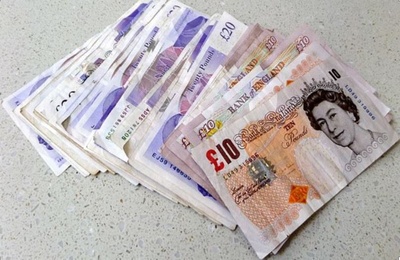
But in the majority of case they aren’t there simply to host football matches and need to offer so much more than that if they’re hoping to contribute to the financial income of the club they belong to.
So how do football stadiums make money? Is it just down to when they host sporting events, or is there more to it than that? Well, spoiler alert, if it was just about ticket sales then this would be a short and somewhat boring page.
Obviously there’s more to the whole thing than just how many people rock up at the ground for a match day. Even ticket sales is a complicated business, of course, with hospitality packages being a crucial part of the way clubs make money. So here we’ve decided to delve further into it all and explore some of the ways that stadiums themselves make money.
Ticket Sales
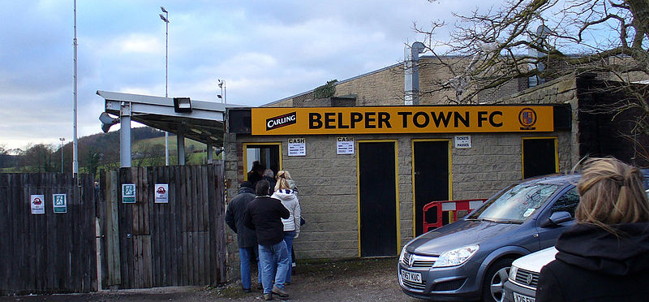
No, ticket sales aren’t the only way that football clubs make money. It would be silly, though, to pretend that ticket sales are nothing to do with the income that arrives courtesy of stadiums. Old Trafford, for example, has a capacity of 75,643. If Manchester United charged just £20 for every single ticket they sold for a football match then they would bring in over £1.5 million every time they played to a sold out crowd. In the 2013-2014 season the Red Devils brought in £191 million through match day gate receipts, for example.
Now obviously the money gathered isn’t all 100% profit, with the likes of security personnel, police, workers in the lounges, club stewards and more needing paying out of the gate money. It’s also worth noting that different clubs will benefit from gate sales to different extents. Manchester United have room for more than 75,000 people to enter their ground, whilst Bournemouth can only fit just under 12,000 supporters in the Vitality Stadium. United would make £1.5 million per game by charging £20 for tickets, but the Cherries would have to price their tickets at £125 each to bring in the same amount of cash.
The reality is that ticket sales used to be a huge part of how football clubs make money. Nowadays, though, there are countless other ways that sides bring home the bacon, meaning that ticket sales are arguably less relevant than ever. Looking back to Manchester United in 2013-2014, for example, they may have made £191 million from match ticket sales but that is little when compared to the £108 million made through TV and broadcasting and dwarfed by the £197 million they made from commercial deals. So if ticket sales is only one string to a football stadiums money-making bow, what else is there?
Hospitality Tickets
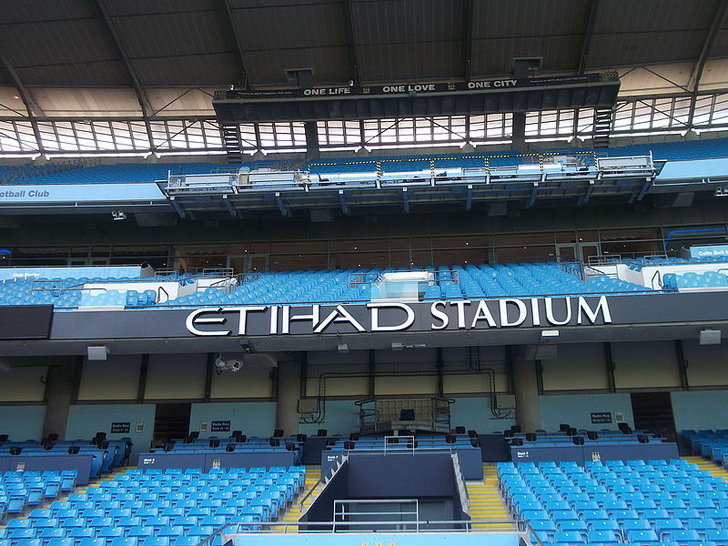
Technically this is a continuation of the ticket sales conversation, especially as hospitality sales are included in those calculations. It’s worth talking about it separately, however, as clubs are learning more and more that selling hospitality tickets is a big money earner for them at their stadiums.
When Liverpool Football Club opened their new Main Stand, for example, the number of hospitality seats within it doubled. Given that hospitality packages for that part of the stadium started at £2,900 for the 2016-2017 season, it’s easy to see why that’s one of the main ways that stadiums make money.
It’s also important to point out that, much as with ticket sales in general, different clubs can earn different amounts of money through the sale of hospitality seating. Clubs in London, as an example, are able to charge significantly more for their hospitality packages than those up North.
Whilst Liverpool’s executive seats in the Main Stand had prices starting at £2,900, Arsenal’s cheapest ticket for a single Grade C match began at £250. Even if all nineteen home games were classed as Grade C, which they aren’t, that’s still £4,750 for the season. Hospitality is a very lucrative business indeed.
Private Hire
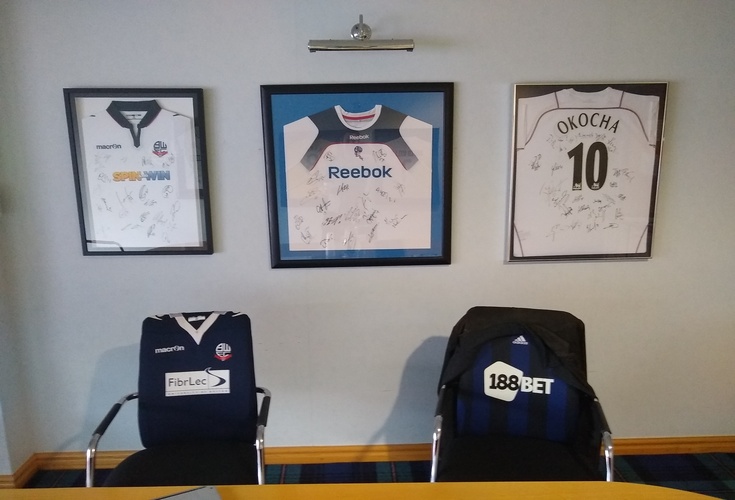
Having built a stadium filled with suites and lounges that are sold at a premium to customers looking for hospitality seating on a match day, clubs can then use them on days when football games aren’t taking place. How? By renting them out to businesses who want to have an impressive backdrop for meetings, conferences and events. Bigger clubs are also ideal venues for medical exams funnily enough, with doctors running mock consultations with simulated patients in the private boxes.
Clubs can also appeal to the most loyal of their supporters by allowing them to get married at the stadium, with some even letting them get their photo taken on the pitch. If you wanted to tie the knot at The Etihad, for example, then it would cost you £100 per person for both the wedding breakfast and evening do to be held there.
Clubs also allow events such as Play On The Pitch days, should that tickle your fancy. In 2016 it would have cost you £1,500 plus VAT to play at Norwich City’s Carrow Road for two hours. That is contrasted to the £30,000 it would have cost you to play at The Emirates; though the Gunners do provide kits, food before and after the match, officials and more.
Neither the private hire of their various executive suites nor the ability to play on the pitch with a load of mates brings in a significant amount of money (though few people have £30,000 lying around…) but it’s an extra bit of income that stadiums can offer clubs should it be needed.
Concerts & Other Events
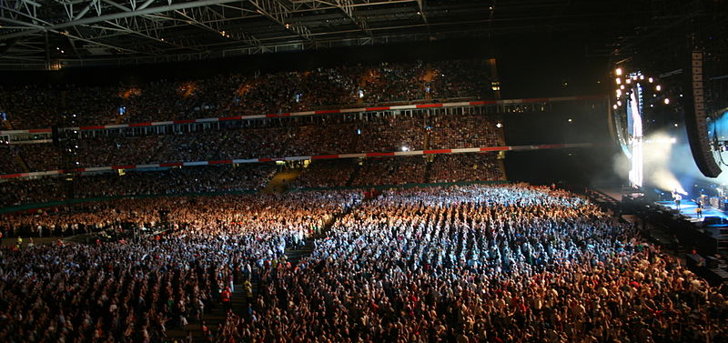
Not all football stadiums either can be or are used for external events such as concerts. Some of the biggest and best are, however, so it’s a legitimate way that stadiums are used to bring in external cash. Obviously concerts from major superstars such as Take That or One Direction aren’t held just for the benefit of the football clubs who own the grounds they use, but it’s not unreasonable for teams for expect a decent enough slice of the pie. Back in 2011, Take That hosted concerts at Sunderland’s Stadium of Light and the club earned around £2 million as a result.
When the Football Association revealed turnover figures for Wembley in 2012 it was revealed that it had brought in £318 million, £11 million less than in 2011. To begin with it wasn’t clear why, until someone realised that the stadium had hosted less events that year than in the previous one. In 2011 Take That had played eight sell-out concerts at Wembley, for example. The home of the England national side isn’t the only ground to host sports other than football. West Ham’s London Stadium is used by UK Athletics, who pay just under £500,000 per year for the privilege. Rugby League games are also played there, bringing in around £250,000.
Naming Rights
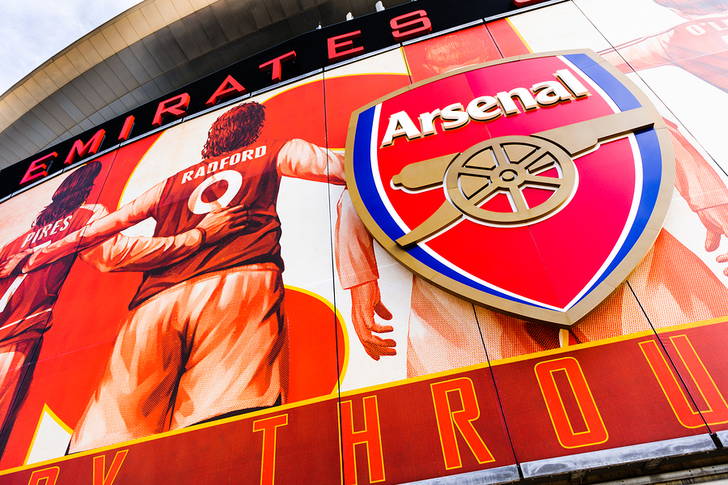
In days of yore football grounds were named after the area in which they were built or some other geographical point of interest; see White Hart Lane, the Riverside or Bramall Lane for proof. Then, as football became a bigger and more globally recognised sport, clubs realised that money could be made from getting their stadiums sponsored by companies. Given the explosion in television coverage and the like, why wouldn’t a business want their name to become synonymous with one of the most watched sports in the world?
When Arsenal decided they wanted to leave Highbury for pastures new, they looked for sponsors for their new stadium. In 2004 the Gunners and Emirates Airline worked together to agree a deal worth £100 million. As part of that deal the stadium would be named after the airline for fifteen years and they would also be the club’s shirt sponsor for eight years. Whilst that seems like an incredible amount of money, it works out at about £6.6 million per year for the naming rights alone, to say nothing of the addition of those eight years of shirt sponsorship.
Of course, football isn’t the only sport that makes such deals. In 2013 the Dallas Cowboys agreed a deal with AT&T over the sponsorship of their new stadium Arlington, Texas. For the measly amount of just $400 million, the telephonic company are the proud sponsors of the AT&T Stadium for 20 years. They also have an option to expand that for another 10 years for $20 million per year. Given the amount of exposure they receive, they’ll likely see it as a decent investment. There’s also the fact that, much like with the Emirates Stadium, fans will struggle to call it anything else after so long with its sponsored name.
Food & Drink Sales
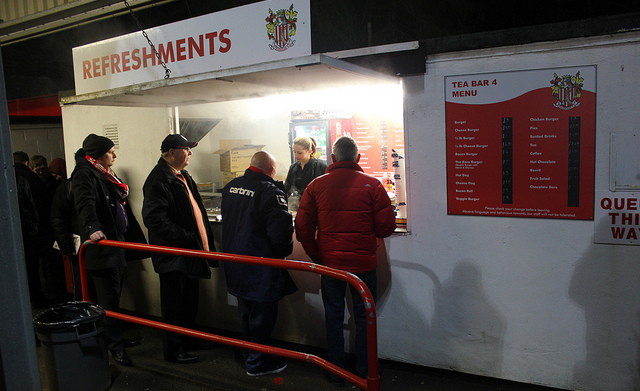
Another small bit of income for football clubs comes in the form of food and drink sales on the day of games or other events. Reports into this income often include programmes, mainly so that they can refer to it as the ‘Triple P Index’ of a Pie, a Pint and a Programme.
If you’d gone to the Hawthorns in the 2016-2017 to see West Bromwich Albion play, for example, then you’d have given over £3.50 for a programme, £3.30 for a pie and £2.30 for a cup of tea. The same things at Middlesbrough would have cost you £3, £3 and £2.
Perhaps somewhat unsurprisingly, clubs based in the capital tend to charge you the most for what you want to eat, drink and read there. It would have cost £3.50 for a programme at Tottenham’s ground, £4 for a pie and £2.30 for a cup of tea. Crystal Palace, meanwhile, charged £3.50 for a programme, £4 for a pie and £1 for a cuppa.
Add in the likes of a pint, a hot dog, a chocolate bar or a soft drink and you can see how clubs are able to turn a decent profit courtesy of flogging food and drink to supporters. You can also see why local fans tend not to indulge when inside the ground, instead spending their money with nearby vendors.
Museums & Tours
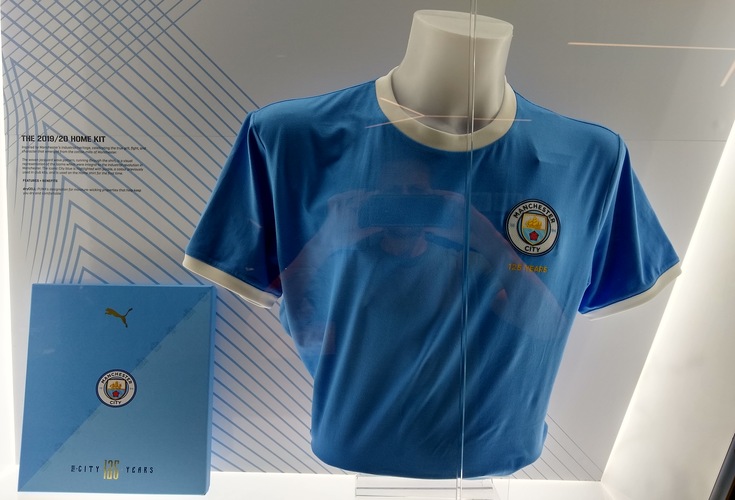
It is common for top-flight football clubs to offer tours of the stadium to people all-year round. This is particularly the case with sides like Chelsea, Manchester United or Liverpool who have stadiums that folk are likely to want to visit, irrespective of their own personal footballing allegiance.
A look around Middlesbrough’s Riverside Stadium would set adults back £12 and kids £8, with a tour of Goodison Park costing the same for adults and £6 for kids. Aston Villa charge £15 for adults to look around Villa Park and £10 for those under-18. They also offer a tour complete with Sunday lunch, costing £30 for adults and £20 for under-18s.
Likewise, plenty of the top sides have museums attached to their stadiums that offer supporters the opportunity to look at memorabilia and the likes from the club’s illustrious past. Far from being an exercise in philanthropy, the museums charge people to enter them and offer football teams yet another income stream.
Obviously it’s not one of the biggest money-making schemes that clubs have available to them, but it’s another example of executives doing everything that they can to ensure that football clubs use stadiums to make as much money as possible.
Conclusion
It’s fair to say that the income streams from football stadiums mentioned here are far from exhaustive. There are doubtless any number of things that we haven’t known about or taken into account. Football grounds are multi-purpose venues more than at any time in their history, so clubs will look for as many ways as possible to earn money from them. That is especially the case with the newer stadiums that have cost hundreds of millions of pounds to build.
We should also point out that clubs at the top of the profession find it far easier to make money from their stadiums than those further down the divisions. Head to League Two, for example, and the majority of grounds have capacities of under 10,000. They don’t have the ability to hold concerts, charge vast amounts of money for hospitality tickets or offer supporters a tour of the place. Given that they also don’t make millions of pounds from ticket sales, you can see how it’s difficult for lower league sides to make a sustained attack on promotion into the top-flight. They need to keep things cheap to begin with to encourage people to attend matches, then they need to keep them cheap the ensure those same people keep coming back once they’ve achieved success.
